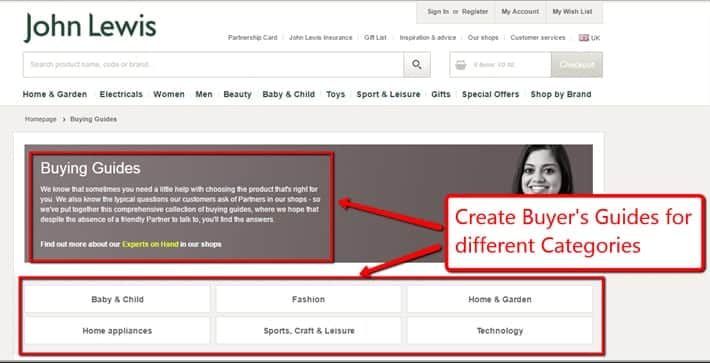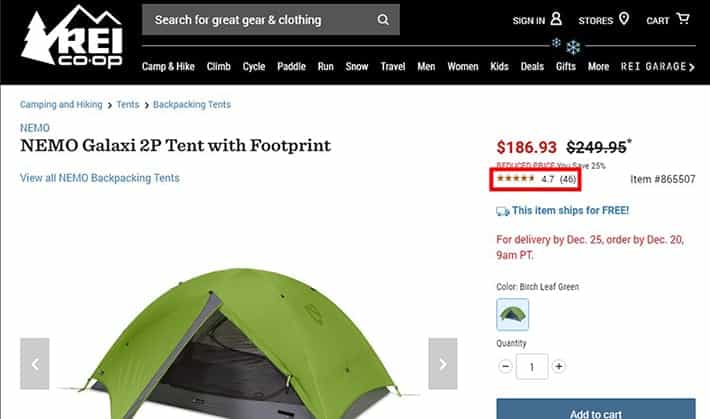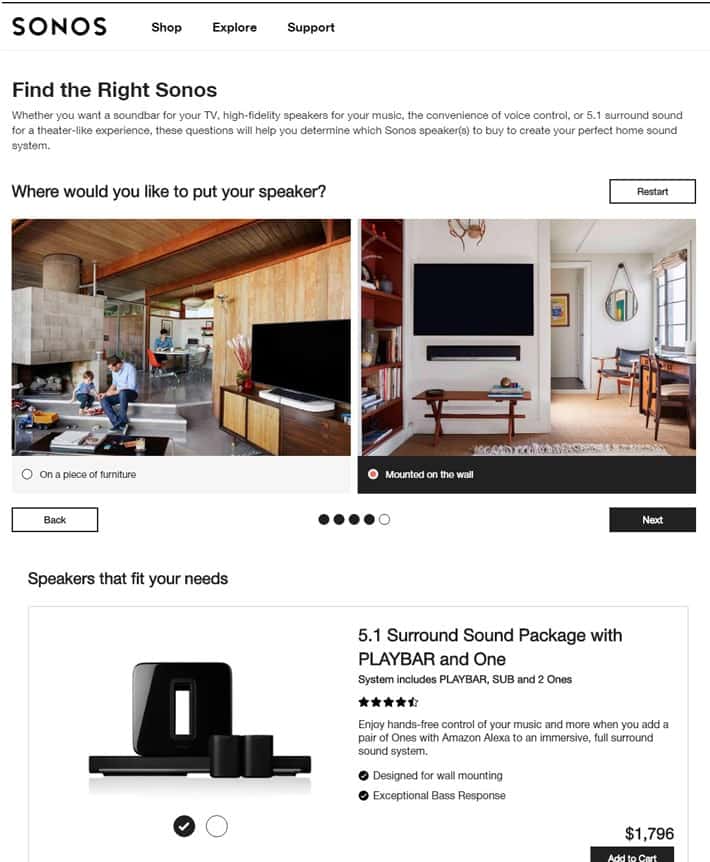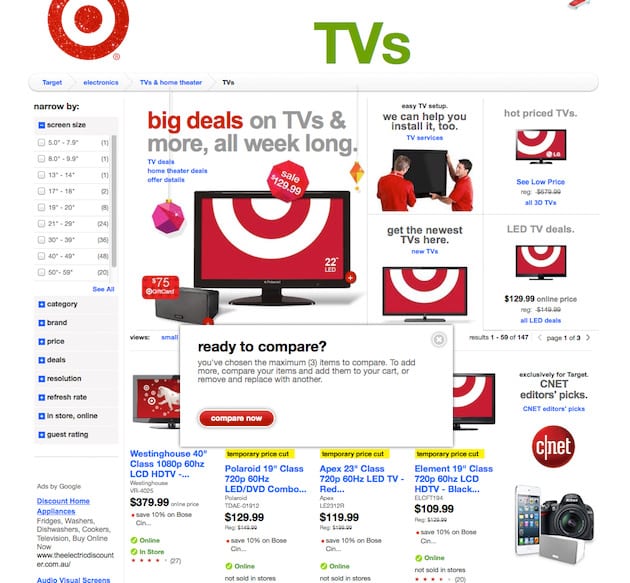If 2017 was the year of the “empowered customer”, as Forbes proclaimed, 2018 will be the year of the “overwhelmed customer”.
We’re in an interconnected, digital age in which the scale of information that’s available has created an empowered customer base. People can access everything they need to know about a service, product, or brand without any delays. While this has created new options for customers, it’s also introduced a new problem: information overload.
Today’s consumers are informed, but they’re also overwhelmed.
The negative effects of information overload are so serious that this phenomenon even has its own day. The Information Overload Research Group (IORG) declared Information Overload Day in 2007 to bring awareness to the issue and remind us every year on October 20 that there’s such a thing as too much information.
Although the day was initially created by a group of companies and academics who focused on workplace productivity and emerging technology, information overload isn’t only felt by employees. These employees are also your consumers and buyers.
Findings obtained from surveys of over 7,000 consumers, along with hundreds of interviews with business executives, found that the name and the game is simplicity.
Shifting your marketing and selling orientation towards decision simplicity, and ensuring that people can move through the purchasing journey with confidence, will require your business to think more carefully about the way you communicate with customers.
In fact, the key to business success in 2018 could hinge on your ability to understand a shopper’s pain points and make “yes decisions” easier for your target market.
There are only two ways to succeed in the long-term:
1. Provide Trusted Content
The first step is building trust. The modern empowered customer knows that they have all the information they need at their fingertips. According to studies, 36% of consumers gather information by using a company’s website.
If they’re having trouble deciding, they’ll look for help and content from a trusted source. If your company can’t provide the guidance they need, quickly and without overwhelming them, they’ll look elsewhere, and consequently buy elsewhere.
What you should include:
Buying guides: Buying guides help buyers learn about products. They can be used to explain different features and benefits of a product and provide them with the information needed to make a purchase decision. Furthermore, buying guides allow you to establish authority on a subject by sharing best practices, valuable background information, expertise, and ways shoppers can best use the product.
A trusted source that makes quality recommendations and provides inspiration about products consumers might not have otherwise heard of is a critical element in the decision-making process of the overwhelmed shopper.

Buying guides at John Lewis (Source: Jeff Bullas)
Reviews and ratings: 88% of consumers say that they trust online reviews just as much as personal recommendations. Collecting reviews on your website helps you to assist your customers in making decisions because it ensures that they’re not just relying on you for information. They can see the experiences customers have had with your products, and make informed choices based on those insights.

Reviews at REI
2. Simplify the Choosing Process
Often, when it comes to marketing products, many brands start by describing their benefits and differentiating features. However, if you want to succeed in the world of the overwhelmed customer, then you need to go beyond that.
Analyst company, IDC, discovered that about 50% of buyers prefer personalized offers that are relevant to them. In a crowded place, such as the Internet, where shoppers can be left overwhelmed with the myriad of buying options, it’s no longer good enough to use one-size-fits-all approaches to selling. You need to simplify the choosing process by helping your customers choose the solution that’s right for them.
What you should include:
Digital Advisors: Digital advisors are the ultimate way to simplify the decision-making process. They ask your customers key questions and then provide personalized insights into what they might want to buy.
This improves the customer experience by allowing them to bypass irrelevant products and services. You can upgrade your digital advisors by integrating known preferences and information about previous purchasing decisions.

Digital Advisor at Sonos
Side-by-Side Comparisons: Comparing is a natural part of the purchase journey, especially when purchasing something that has complex specifications. Side-by-side comparisons can help customers to see the differences between products in their consideration set without having to track down facts and data on their own.
These dynamically created tables (product comparison matrix) provide personalized, interactive decision aids that help overwhelmed shoppers to make a final purchase decision.

Dynamic side-by-side product comparison at Target (source: UXMag)
New Year’s Resolution: “Help My Customers Choose!”
Consumer decisions are influenced by a range of different factors. As they grow more empowered and informed, thanks to the latest technology and devices, they will demand support to manage and process all the information to make faster and better decisions.
In a world focused on satisfying informed and overwhelmed customers, the businesses that transform decision-making into a simpler, more personalized process are the ones that will thrive.
Our advice: In 2018, make “Helping your customers choose” part of your strategy to create happier customers.




